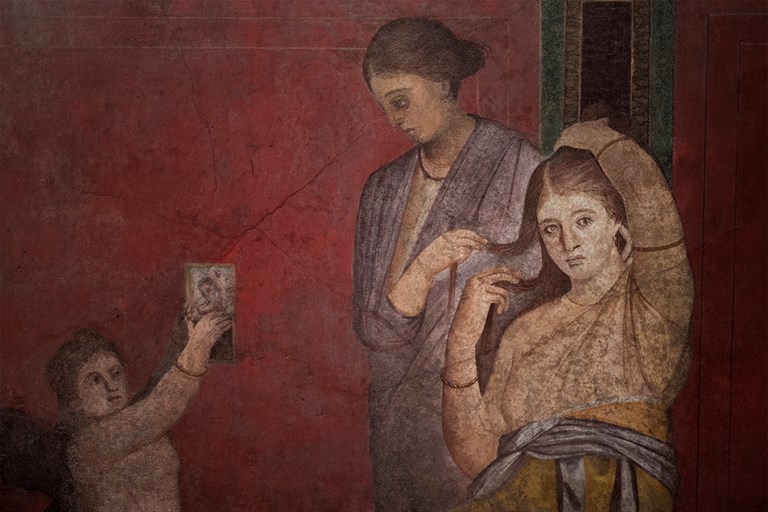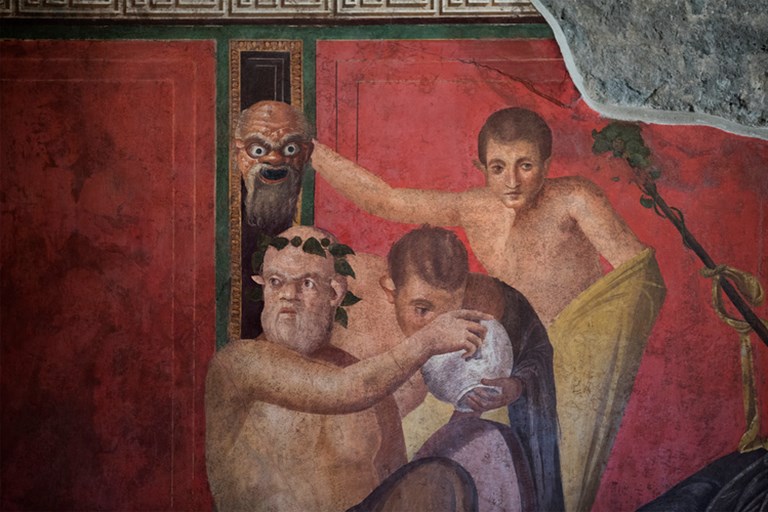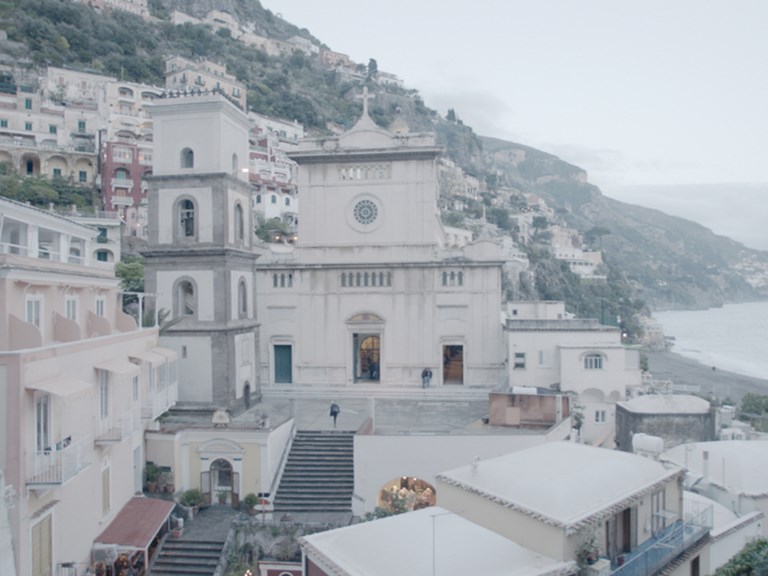UNVEILING THE MYSTERIES
17.06.2015 ART & CULTURE
Painted towards the middle of the first century B.C., just over a hundred years before the eruption that wiped out this flourishing Vesuvian town, the ‘Mysteries’ mural and the villa it belongs to have recently been restored and reopened to the public after a two-year closure. Among the tools used in the clean-up was a newly developed, non-invasive laser beam technology.
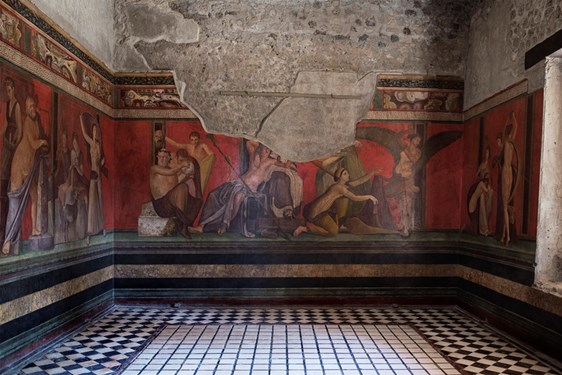
View
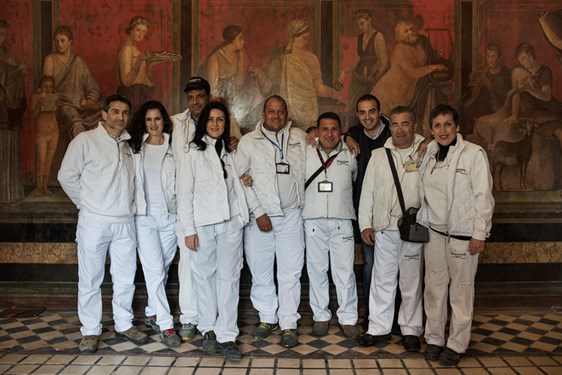
View
The Italian culture minister Dario Franceschini, also present at the press conference, hailed the restoration as the beginning of a “new chapter” for Pompeii, which has been plagued by problems of neglect and staff inefficiency in recent years, with several cases of wall collapses and rain infiltration. We won’t be holding our breath, but in the meantime, one part of the site at least is guaranteed to thrill and amaze.
Pictures: © Anna Monaco
Le Sirenuse Newsletter
Stay up to date
Sign up to our newsletter for regular updates on Amalfi Coast stories, events, recipes and glorious sunsets
